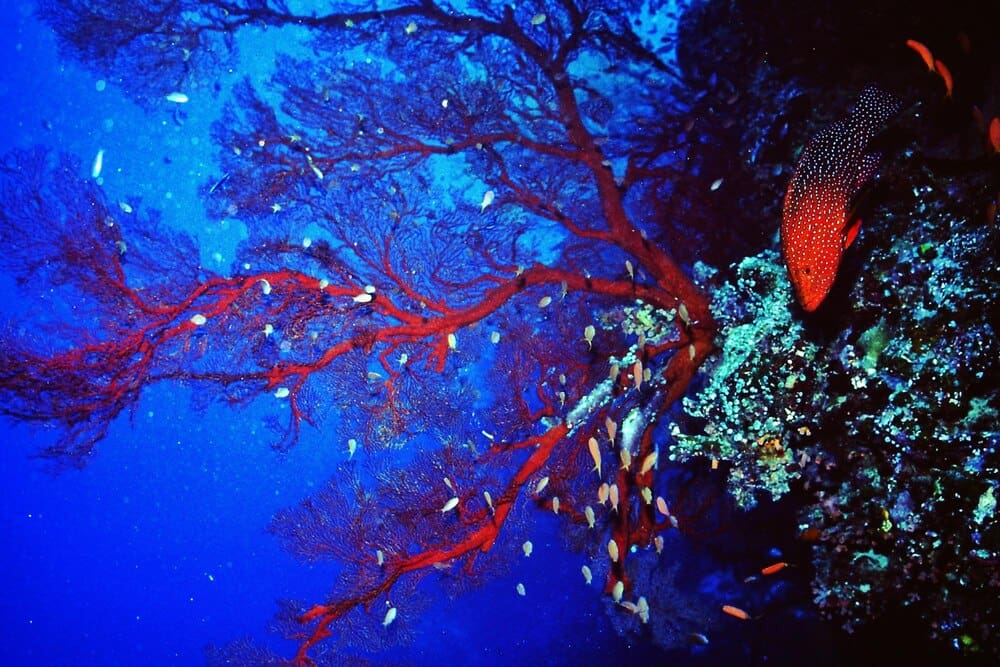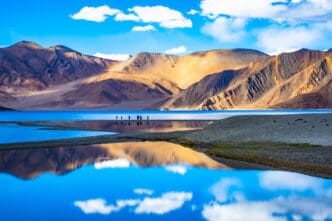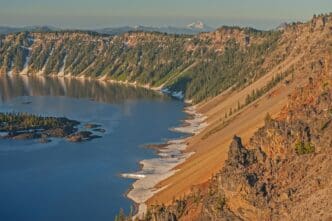For scuba divers across the globe, the quest for the next great underwater adventure is a constant pursuit, drawing them to the planet’s most remote and vibrant corners. The world’s best dive spots are defined by a confluence of factors: unparalleled marine biodiversity, staggering underwater landscapes, crystal-clear visibility, and unique, often once-in-a-lifetime animal encounters. From the coral-encrusted war wrecks of the Pacific to the shark-filled currents of the Galapagos and the kaleidoscopic reefs of Indonesia, these elite destinations offer divers of all levels a profound connection to the 70 percent of our world that lies beneath the waves, promising exploration, discovery, and a deeper appreciation for the fragile beauty of our oceans.
Understanding What Makes a Dive Site “The Best”
Before packing your gear, it’s crucial to understand the metrics that elevate a dive location from good to world-class. The primary factor is often biodiversity. A site teeming with a wide variety of corals, fish, and invertebrates creates a dynamic and visually stunning experience.
Water clarity, or visibility, is another critical component. The ability to see for 30 meters (100 feet) or more transforms a dive, revealing grand seascapes and allowing divers to spot marine life from a distance. This is especially important in locations known for large animal encounters or dramatic underwater topography.
The underwater landscape itself plays a massive role. Divers seek out unique geological features like sheer walls that drop into the abyss, intricate cave systems, and dramatic pinnacles. Man-made structures, particularly shipwrecks, also create compelling artificial reefs that attract both marine life and history enthusiasts.
Finally, robust conservation efforts are increasingly a hallmark of a top-tier destination. Well-managed marine protected areas (MPAs) ensure that ecosystems remain healthy and vibrant for future generations of divers, signaling a commitment to sustainability that savvy travelers value.
Top Destinations for Coral Reefs and Biodiversity
For many, diving is synonymous with exploring vibrant coral reefs. These “rainforests of the sea” are hubs of life, offering an explosion of color and activity.
The Great Barrier Reef, Australia
No list of premier dive destinations is complete without the Great Barrier Reef. As the world’s largest coral reef system, its sheer scale is mind-boggling, composed of over 2,900 individual reefs and 900 islands stretching for over 2,300 kilometers.
While parts of the reef have faced challenges from coral bleaching, vast sections remain pristine and breathtaking. Liveaboard trips to the outer reefs, such as the Ribbon Reefs and Osprey Reef in the Coral Sea, offer access to healthier corals and encounters with potato cod, sharks, and minke whales in season. The wreck of the SS Yongala is often cited as one of the best wreck dives in the world, now a thriving artificial reef teeming with life.
Raja Ampat, Indonesia
Located in the heart of the Coral Triangle, Raja Ampat is widely considered the global epicenter of marine biodiversity. Scientific surveys have recorded more species of fish, coral, and mollusks here than anywhere else on Earth. The underwater scenery is characterized by stunning soft corals, massive schools of fish, and unique critters like the pygmy seahorse and the endemic walking shark.
The remote nature of these “Four Kings” islands means that the best way to explore the region is via a liveaboard vessel. This allows divers to access a wide range of sites, from the manta ray cleaning stations at Manta Sandy to the current-swept, fish-packed channels of the Dampier Strait.
The Red Sea, Egypt
The Egyptian Red Sea has long been a legendary destination for European divers, and for good reason. It offers incredible value, easy access, and world-class diving with astonishing visibility that often exceeds 40 meters. The fringing reefs are exceptionally healthy, with vibrant coral gardens dropping off into the deep blue.
Ras Mohammed National Park, at the tip of the Sinai Peninsula, is a must-dive location, featuring iconic sites like Shark and Yolanda Reef. Further north, the Straits of Tiran offer thrilling drift dives. The Red Sea is also a premier wreck-diving destination, home to the legendary SS Thistlegorm, a British WWII freighter sunk in 1941, its cargo of motorcycles, trucks, and munitions still remarkably intact.
Premier Wreck Diving Havens
For those drawn to the silent poetry of sunken history, wreck diving offers a unique window into the past. These sites serve as both historical monuments and thriving artificial reefs.
Truk Lagoon (Chuuk Lagoon), Micronesia
Truk Lagoon is, without question, the undisputed king of wreck diving. In 1944, a massive U.S. naval attack known as Operation Hailstone sank more than 60 Japanese warships and aircraft. Today, this “ghost fleet” rests at the bottom of the lagoon, preserved as an underwater museum.
Divers can explore freighters, tankers, and submarines, many with their cargo holds still full of tanks, planes, and ammunition. The wrecks are now beautifully encrusted with decades of coral growth, creating a hauntingly beautiful juxtaposition of life and war. Due to the depth of many wrecks, this is a destination best suited for advanced and technical divers.
Scapa Flow, Scotland
Offering a completely different wreck diving experience, Scapa Flow in the Orkney Islands is the final resting place of the German High Seas Fleet from World War I. Following the armistice, the fleet was interned here and subsequently scuttled by the German admiral in 1919 to prevent the ships from falling into British hands.
Divers can explore the colossal wrecks of several battleships and cruisers in the cold, green waters of the North Atlantic. The sheer size of these vessels is awe-inspiring. Diving here requires a drysuit and experience in cold-water conditions, but the reward is a chance to touch a significant piece of naval history.
Encounters with Giants: Where to Dive with Large Pelagics
Some divers travel the world for the adrenaline rush of encountering the ocean’s largest inhabitants. These destinations are magnets for sharks, rays, and whales.
The Galapagos Islands, Ecuador
A true bucket-list destination, the Galapagos Islands offer an evolutionary spectacle both above and below the water. The convergence of multiple ocean currents creates a nutrient-rich environment that supports an incredible abundance of life. It is not a destination for colorful reefs, but for raw, powerful animal encounters.
The remote northern islands of Wolf and Darwin are the main event, accessible only by liveaboard. Here, divers can witness enormous schools of scalloped hammerhead sharks, whale sharks in season (typically June to November), Galapagos sharks, and silky sharks. Add in playful sea lions and the world’s only marine iguanas, and you have a truly unique diving ecosystem. The conditions—strong currents and cool water—make this a destination for experienced divers only.
Cocos Island, Costa Rica
Another Eastern Pacific gem, Cocos Island National Park is a UNESCO World Heritage site often called the “Island of the Sharks.” This remote, uninhabited island is a cleaning station for a staggering number of scalloped hammerheads, which congregate here in schools of hundreds.
Like the Galapagos, Cocos is a liveaboard-only destination requiring a long (36-hour) sea crossing. Besides hammerheads, divers can expect to see whitetip reef sharks, tiger sharks, manta rays, and dolphins. The volcanic pinnacles and dramatic underwater terrain make for thrilling, current-filled dives that are best for advanced divers.
Socorro Island, Mexico
Part of the Revillagigedo Archipelago, Socorro Island is known as the “Mexican Galapagos” for its incredible big animal action. Its signature encounter is with the giant oceanic manta rays, which can have wingspans of up to seven meters. These gentle giants are known for their curiosity and willingness to interact with divers, making for unforgettable experiences.
The dive season (November to May) also brings humpback whales, which come here to breed and calve. Divers can often hear their songs underwater and sometimes get lucky with a passing encounter. The islands also host at least ten species of sharks, including hammerheads, silkies, and Galapagos sharks.
Unique Geological and Specialty Dives
Beyond reefs and wrecks, some dive sites are famous for their one-of-a-kind geological formations or extreme conditions.
The Great Blue Hole, Belize
The Great Blue Hole is one of the most recognizable dive sites on the planet. This giant marine sinkhole is over 300 meters across and 124 meters deep. From the air, it’s a perfect dark blue circle in a sea of turquoise.
The dive itself is a deep, dark descent into a cavernous environment. The main attraction is not marine life but the massive stalactites and stalagmites that formed when the cave was above sea level during the last ice age. It’s a short, deep dive strictly for experienced divers comfortable with depth and darkness.
Silfra Fissure, Iceland
For a truly unique experience, Silfra offers the chance to dive or snorkel in the fissure between the North American and Eurasian tectonic plates. The water filling this crack is glacial meltwater that has been filtered through underground lava rock for decades, resulting in some of the purest, clearest water on Earth, with visibility exceeding 100 meters.
The water temperature hovers at a frigid 2-4°C (35-39°F) year-round, meaning a drysuit is mandatory. While there is very little marine life, the experience of floating in gin-clear water between two continents is an otherworldly adventure unlike any other.
The ocean offers a universe of exploration, with each destination providing a different chapter in a diver’s logbook. Whether you seek the vibrant chaos of a coral reef, the solemn history of a sunken wreck, or the heart-pounding thrill of meeting a shark, the perfect dive site is out there waiting. The key is to match your skills and interests to the destination, travel responsibly, and immerse yourself in the profound beauty of the underwater world.








